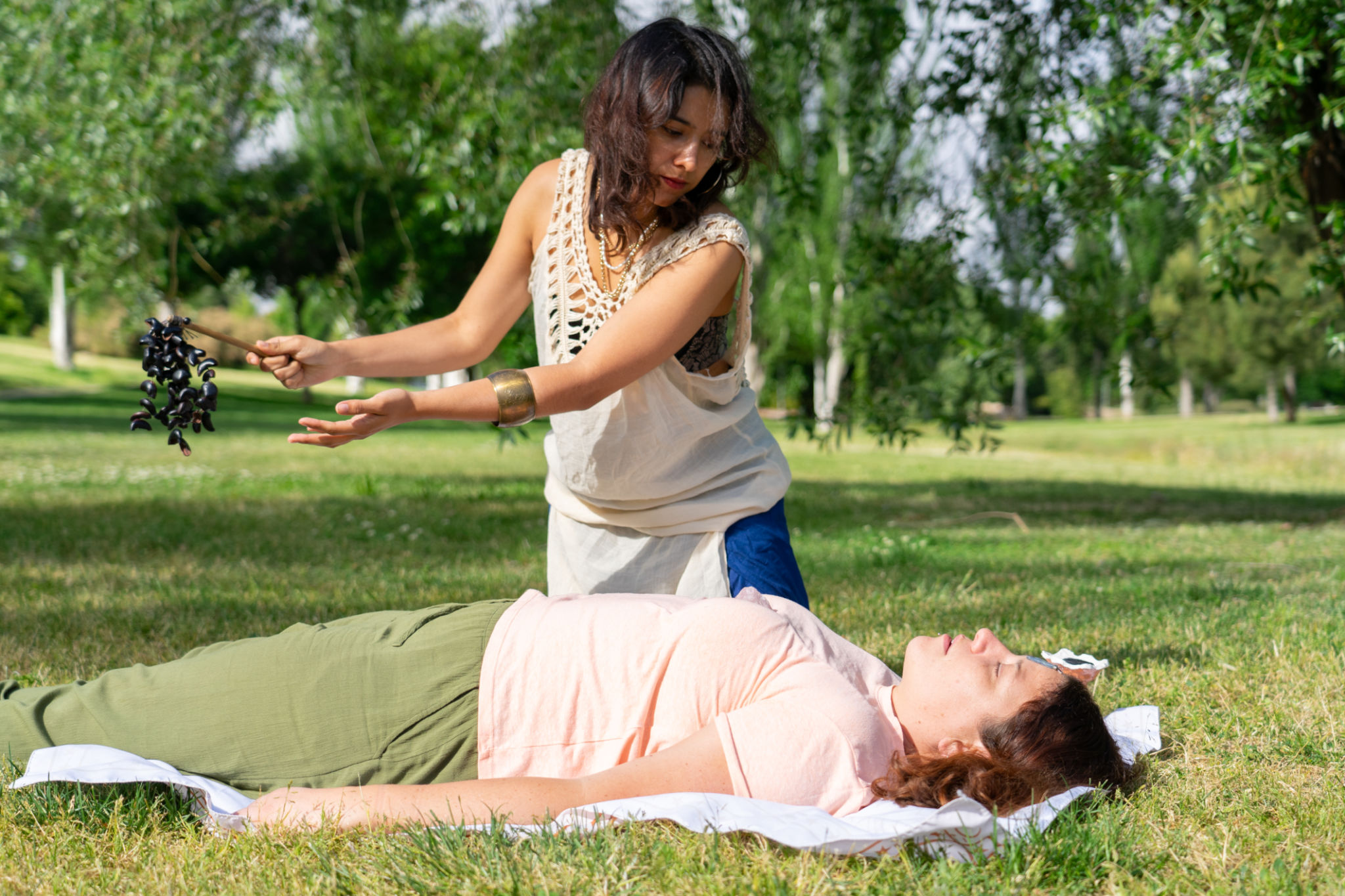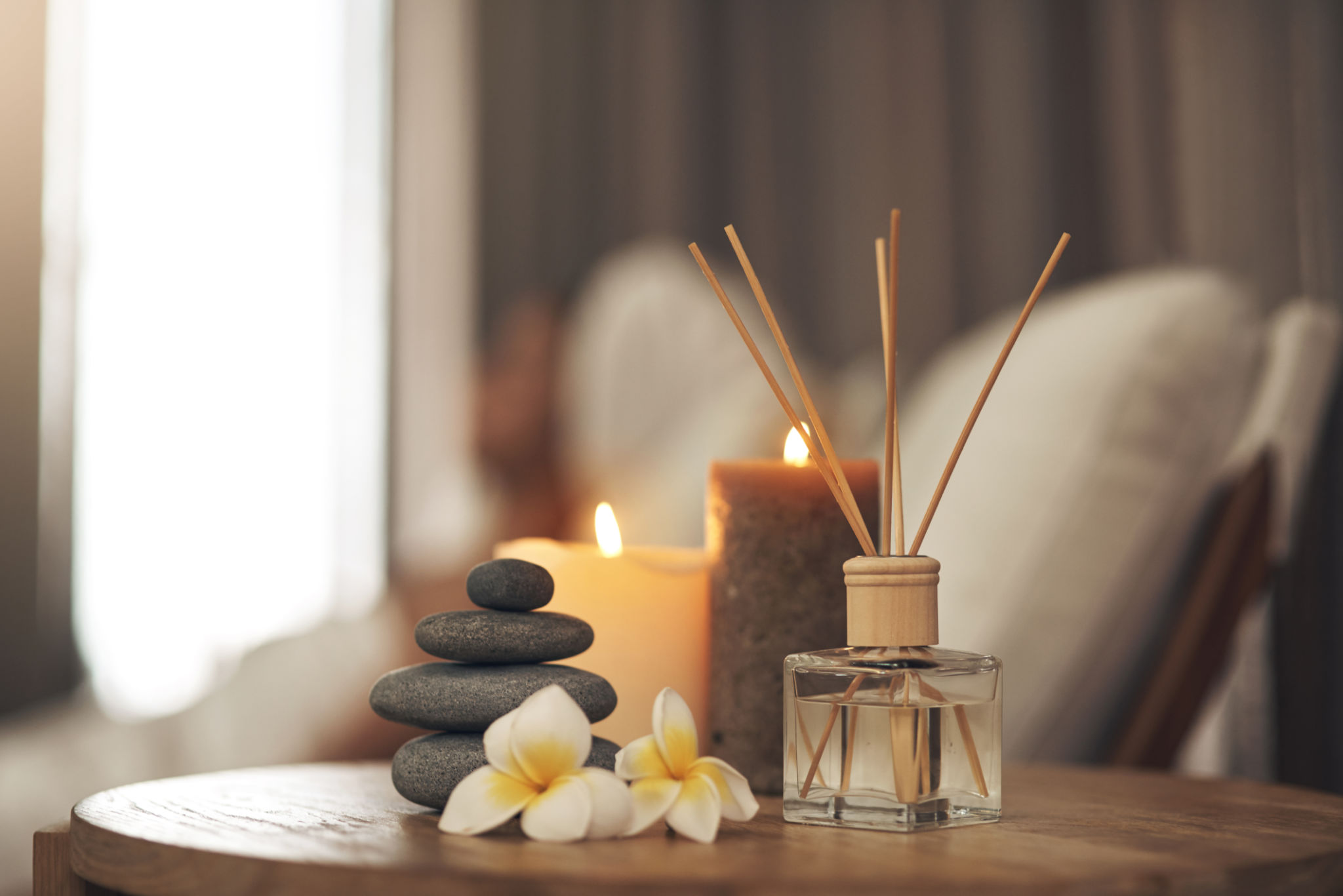Top 5 Somatic Practices for Nervous System Regulation
Understanding Somatic Practices
Somatic practices focus on the connection between the mind and body, playing a crucial role in managing stress and promoting overall well-being. These practices can help regulate the nervous system, ensuring a balanced response to stressors. In this blog post, we'll explore the top five somatic practices that you can incorporate into your daily routine for better nervous system regulation.
1. Breathwork
Breathwork is a fundamental somatic practice that involves conscious breathing techniques to enhance mental, emotional, and physical states. By engaging in intentional breathing patterns, you can activate the parasympathetic nervous system, which promotes relaxation and reduces stress. Techniques like diaphragmatic breathing, alternate nostril breathing, and box breathing are effective in calming the nervous system.

2. Mindful Movement
Mindful movement practices such as yoga, tai chi, and qigong integrate physical activity with mental focus. These practices encourage awareness of the body's sensations, promoting a deeper connection between body and mind. Regular engagement in mindful movement can enhance flexibility, strength, and emotional balance, contributing to better regulation of the nervous system.
Yoga, in particular, offers various poses and sequences that activate different parts of the body and stimulate energy flow. Tai chi and qigong, on the other hand, emphasize slow, deliberate movements that encourage relaxation and stress reduction.

3. Somatic Experiencing
Somatic Experiencing is a therapeutic approach designed to release trauma stored in the body. Developed by Dr. Peter Levine, this practice focuses on gently guiding individuals through the physical sensations associated with traumatic memories. By doing so, it helps discharge the energy that can keep the nervous system in a state of hyperarousal or shutdown.
Through guided sessions with a trained practitioner, individuals learn to reconnect with their bodies and develop resilience to stress. This practice is particularly beneficial for those who have experienced trauma or chronic stress.

4. Progressive Muscle Relaxation (PMR)
Progressive Muscle Relaxation is a technique that involves tensing and then slowly releasing each muscle group in the body. This process promotes awareness of tension and relaxation states, helping to reduce overall stress and anxiety levels. PMR activates the parasympathetic nervous system, encouraging a state of calmness and relaxation.
This practice can be done anywhere and is especially useful before sleep or during moments of heightened stress. By regularly practicing PMR, individuals can improve their ability to manage stress effectively.

5. Body Scanning
Body scanning is a mindfulness practice that involves paying close attention to various parts of the body in a systematic manner. By focusing on physical sensations without judgment, individuals can increase body awareness and release tension. This practice helps bring attention to the present moment, reducing anxiety and improving nervous system regulation.
Typically performed in a seated or lying position, body scanning encourages relaxation and a deeper understanding of one's own body cues. It is an excellent way to unwind after a long day or prepare for meditation.

The Benefits of Somatic Practices
Incorporating somatic practices into your routine offers numerous benefits beyond nervous system regulation. These practices foster a greater sense of self-awareness, emotional resilience, and improved mental health. By regularly engaging in these activities, you can enhance your overall quality of life.
Consider integrating one or more of these somatic practices into your daily schedule to experience their profound effects on both your mind and body. Over time, you'll likely find yourself more grounded, centered, and better equipped to handle life's challenges with ease.